Kawasaki Mule vs. Honda Pioneer: Which Is Better?

Both the Kawasaki Mule and Honda Pioneer have established themselves in the UTV market, and if you’re looking for a new utility vehicle, choosing between the two can be difficult.
The Mule is renowned for its robust and reliable nature, perfect for those seeking a rugged vehicle for demanding work tasks. Meanwhile, the Pioneer boasts a more versatile appeal, offering a harmonious balance between work capabilities and recreational trail-riding.
In this Kawasaki mule vs. Honda Pioneer comparison guide, we'll delve deeper into the things that make them different so that you can decide which one aligns better with your specific needs and preferences.
Let’s dive in!
- Side-By-Side Comparison
- Kawasaki Mule Overview vs. Honda Pioneer
- Key Features Of Kawasaki Mule vs. Honda Pioneer
- Pros And Cons Of Kawasaki Mule
- Pros And Cons Of Honda Pioneer
- Conclusion
- FAQs
Side-By-Side Comparison
|
2022 Honda Pioneer 1000 |
2022 Kawasaki Mule |
|
|
Starting MSRP |
$16,699 |
$11,399 |
|
Weight |
1,595 pounds |
1,594 pounds |
|
Horsepower |
72 HP |
45 HP |
|
Top Speed |
65 MPH |
40 MPH |
|
Fuel Capacity |
4.1 gallons |
9.5 gallons |
|
Ground Clearance |
8.5” |
10.5” |
|
Towing Capacity |
1,000 pounds |
1,500 pounds |
Kawasaki Mule Overview vs. Honda Pioneer

1. Engine And Horse Power
The Kawasaki Mule comes with a 4-stroke, 3-cylinder OHV, liquid-cooled gas engine that produces 45 horsepower, more than enough for mellow trail rides and working around the property.
On the other hand, the Honda Pioneer is equipped with a 999cc engine that produces 72 horsepower, perfect for a bit more power.
2. Transmission
Kawasaki Mules come with Continuously Variable Transmission (CVT) systems, which provide smooth acceleration and are super easy to use. Honda Pioneers usually feature an automatic Dual-Clutch Transmission (DCT) with manual mode.
3. Suspension
If you’re looking for an ultra-rugged suspension setup suitable for off-road and utility use, the Kawasaki Mule is where it’s at.
The Honda Pioneer, however, features an independent suspension system, perfect for those who want better handling and comfort, especially when the terrain gets rocky.
4. Brake
Both of these UTV models come equipped with hydraulic disc brakes, providing consistent performance and reliable stopping power.
5. Driveline
Both the Kawasaki Mule and the Honda Pioneer offer selectable 2WD and 4WD options. As a driver, this is great, as you can switch between different driveline configurations depending on the terrain and conditions.
We should note that that the Honda Pioneer also has differential lock options for optimizing traction in your given situation.
6. Seat Specifications
If comfortable bench seating is what you’re after, you’ll be happy to know that both the Kawasaki Mule and Honda Pioneer typically come with bench seats to accommodate two to six passengers. Note that the number of people you’ll be able to fit will depend on the specific trim.
7. Performance And Capability
When it comes to how well these two UTVs perform, it’s difficult to say which one is better, as they both offer impressive off-road performance and utility capabilities. Whether you need to tow massive loads or traverse challenging terrains, either one works. Obviously, the Pioneer wins in terms of speed, while the Mule takes the cake for towing capacity.
8. Comfort And Convenience
Both of these UTVs provide comfortable rides. You’ll find plenty of ergonomic features on each, including adjustable seating, padded interiors, and spacious cabins. When it comes to overall spaciousness, the Mule wins. Just note that many drivers say it is quite loud, so be prepared for that when out on the trails.
9. Style And Design
The Kawasaki Mule and Honda Pioneer take different styling cues, though as to which one is better, it comes down to preference. In our eyes, the Mule has more of a utilitarian look, while the Pioneer edges toward a sportier design.
10. Interior Features
You’ll find all of the same basic interior features in each of these UTVs, including digital instrument clusters, storage compartments, cup holders, and more. Of course, there are also plenty of available UTV aftermarket accessories you can purchase, such as windshields, roofs, and audio systems.
11. Safety
Safety should be a priority when out on the trail, so you’ll be happy to know that both these UTVs come stacked with all the standard safety features, including safety nets, roll cages, and seatbelts. Do note that Honda vehicles often come out on top with better reliability ratings, however.
Key Features Of Kawasaki Mule vs. Honda Pioneer

Kawasaki Mule Features
- Convertible Seating
One of the main things we love about the Kawasaki Mule is that it offers convertible seating. You can easily switch between a 2-passenger configuration with a large cargo bed or a 3- to 6-passenger configuration by folding up the cargo bed.
Pair that with the Trans Cab System, and you can quickly and easily fold or unfold the rear bench for more or less cargo space.
- Power Steering
Kawasaki Mule models come equipped with electric power steering capabilities, which can make maneuverability far more enjoyable, especially when running on more challenging terrain. It’s got excellent off-road capability when matched up with the Pioneer.
- Towing Capacity
Depending on the exact model you go for, the Kawasaki Mule can have substantial towing capability. If you need to pull trailers or other heavy equipment, you’ll have all the power you need to do so. Plus, most of the Kawasaki Mule trims come with sturdy and spacious cargo beds, allowing you to carry tools, equipment, or other items with ease.
Honda Pioneer Features
- Dual-Clutch Transmission (DCT)
One of the big features Honda Pioneer models receive praise for is the sophisticated Dual-Clutch Transmission (DCT). Compared to many other UTV transmissions, the DCT offers some of the smoothest automatic operation or manual gear shifting around, making for a more engaging driving experience.
- QuickFlip Seating
If storage is ever an issue with the smaller cab, you’ll be happy to know that many Honda Pioneer models come with QuickFlip seating, allowing you to easily switch between 2- and 4-passenger configurations by folding up or down the rear seats. It’s great for having that slight bit of extra space out on the trail.
- Hill Start Assist (HSA)
When you’re out navigating over hilly terrains, having integrated technology like the Hill Start Assist feature is great. It helps prevent rollback when starting on an incline, providing added convenience and safety during your journey.
- Paddle Shifters
Some of the Honda Pioneer models also come equipped with paddle shifters, allowing you to manually change gears without taking your hands off the steering wheel. If you’re a speed junky flying fast down your local trail, this is an excellent feature.
- Tilt Bed
The tile bed was a smart move from Honda, especially for folks who are doing lots of work around their properties. These beds essentially make it easier to load and unload cargo from the rear cargo area.
Pros And Cons Of Kawasaki Mule
Pros
- Excellent value for the cost
- Wide range of trims to choose from with different features and engine sizes
- Perfect for handling heavy loads
- Solid off-road capabilities
Cons
- Some people complain about how noisy they are
- Limited in terms of speed
- Not the most refined comfort features compared to other UTVs
Pros And Cons Of Honda Pioneer
Pros
- Excellent handling and suspension for comfortable rides
- Plenty of unique trims to pick from
- Great for off-roading and work around the property
- Plenty of storage space
Cons
- Not the smoothest acceleration
- Some people complain about the heat coming from under the seat
Conclusion

After comparing both these machines, choosing an outright winner would be unjustified.
In our opinion, if your priority is a leisurely trail adventure with occasional light work, the Honda Pioneer is a suitable choice. On the other hand, if you require a workhorse that can handle heavy tasks like running fence lines or exploring vast properties, the Kawasaki Mule is an excellent contender.
While the decision is undoubtedly challenging, rest assured that either of these vehicles will provide an exceptional riding experience regardless of your choice! And check out our wide range of aftermarket accessories for Kawasaki Mule and Honda Pioneer here at Kemimoto!
FAQs
1. Are Kawasaki mules dependable?
Yes, Kawasaki Mules are some of the most dependable utility vehicles on the market. In fact, Kawasaki has a longstanding reputation for manufacturing durable machines, and the Mule lineup is no exception.
2. Are Kawasaki mules quiet?
Mules aren’t necessarily known for their quiet operation. It’s one of the most common complaints we hear about them.
3. What is the best Kawasaki Mule for the money?
Many people say that the Kawasaki Mule SX is one of the best UTVs for the money, as it comes with plenty of great features for workers and off-roaders, yet remains relatively budget-friendly.
4. How long does a Kawasaki Mule last?
While the longevity of a Kawasaki Mule will vary depending on a number of factors, including usage, maintenance, and operating conditions, many people say you can get about 20,000 miles out of them.
5. Is it true that a pioneer can do 60 mph and a mule can only do 40 mph?
The Honda Pioneer can do up to around 65, which is plenty enough for off-roading, while the Mule can do up to 45.


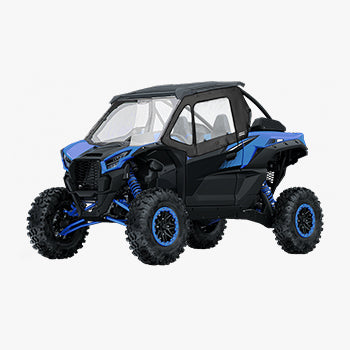

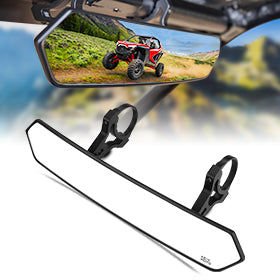
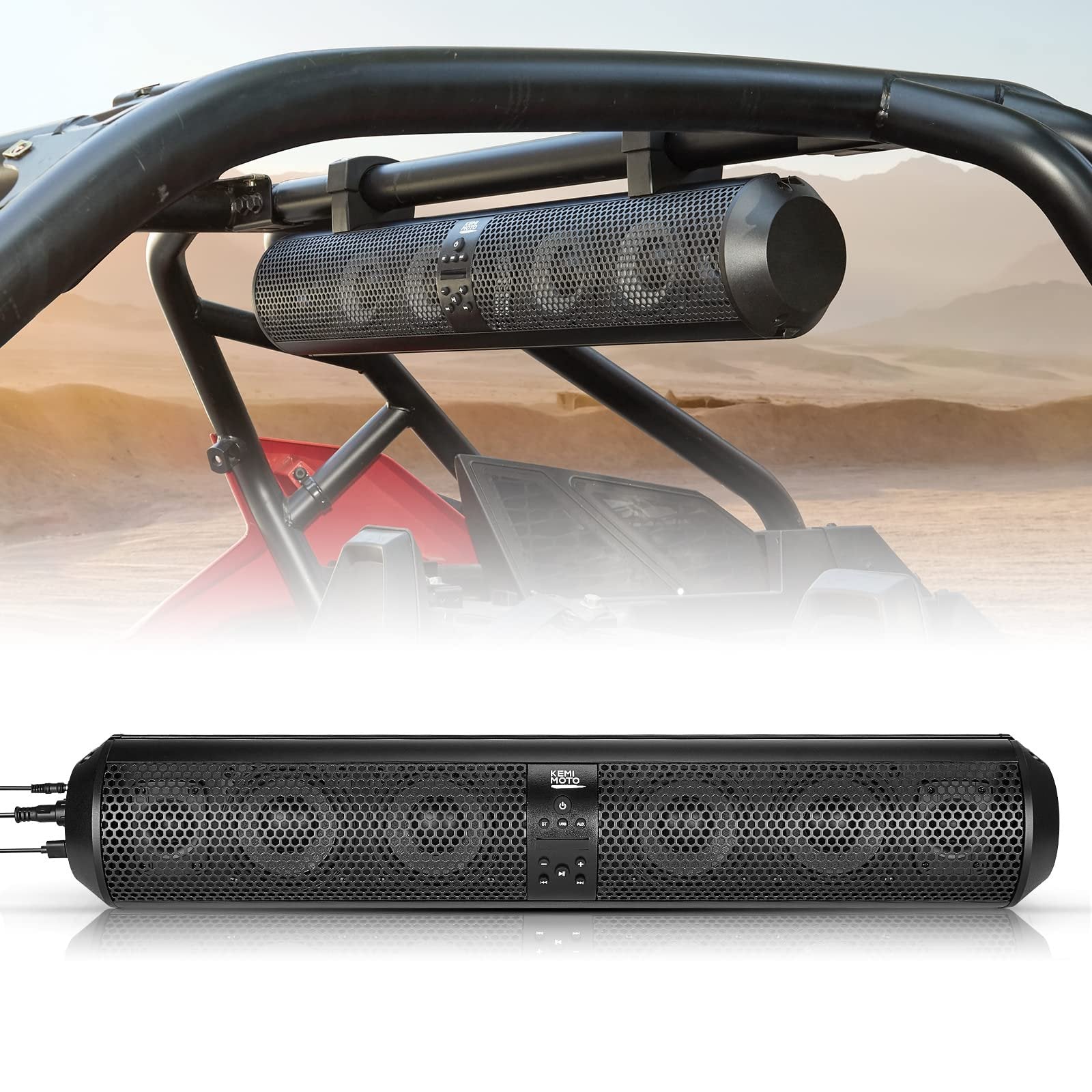




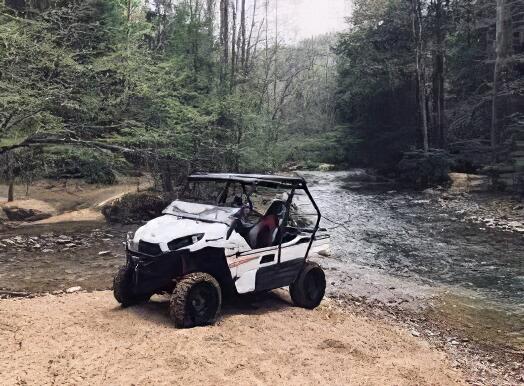
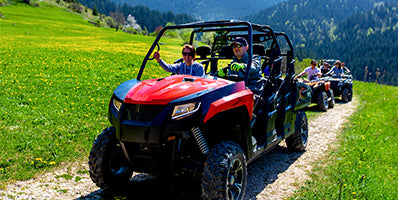
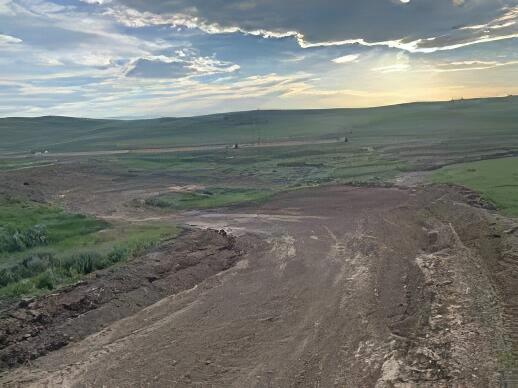
Leave a comment